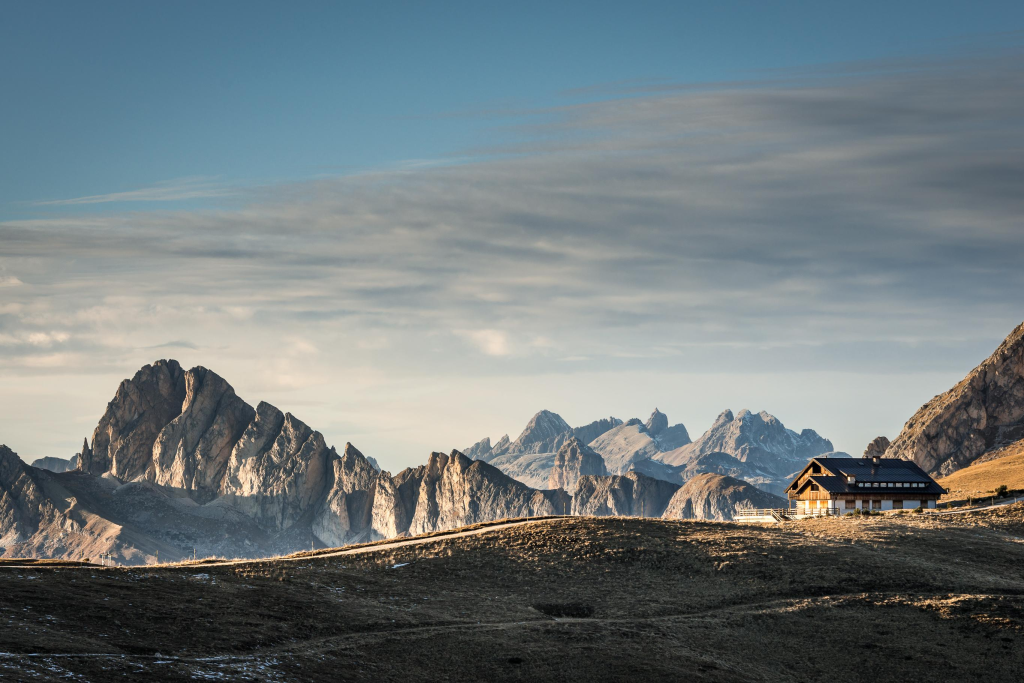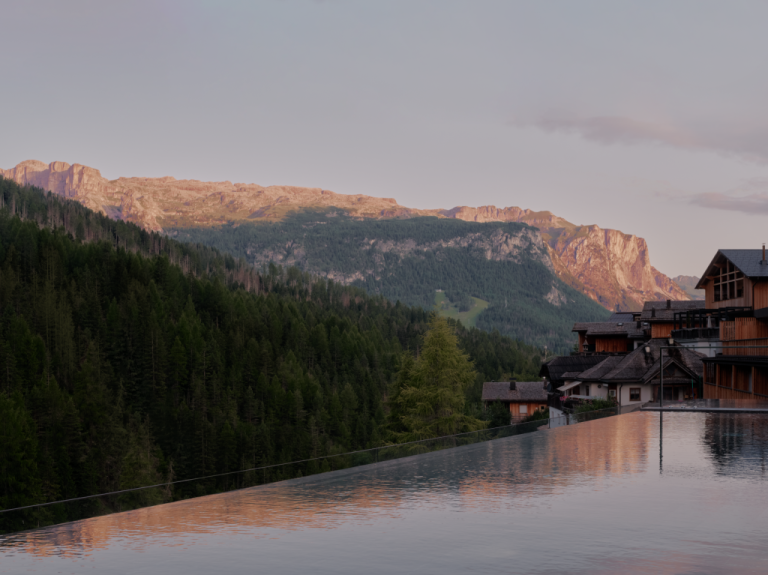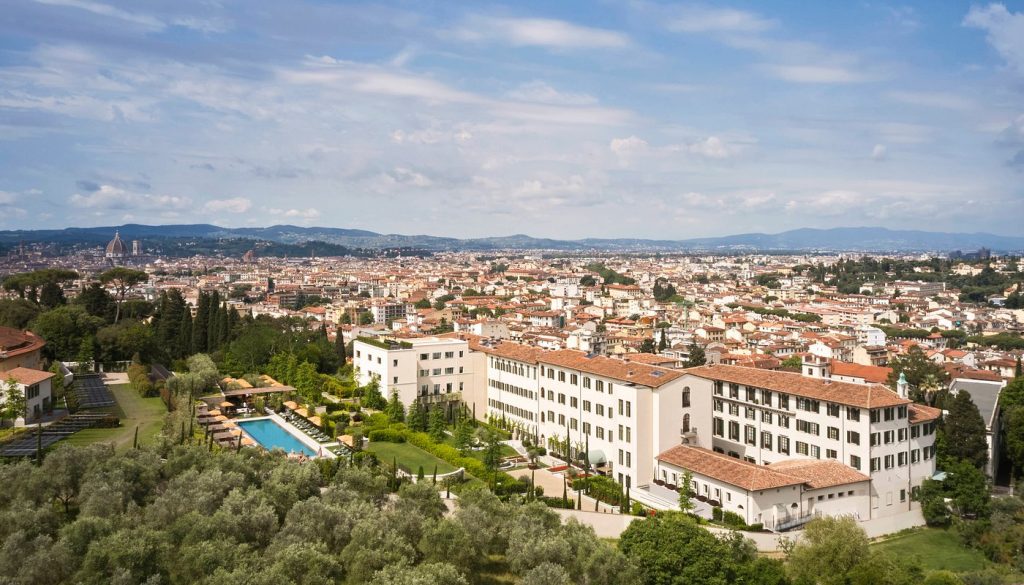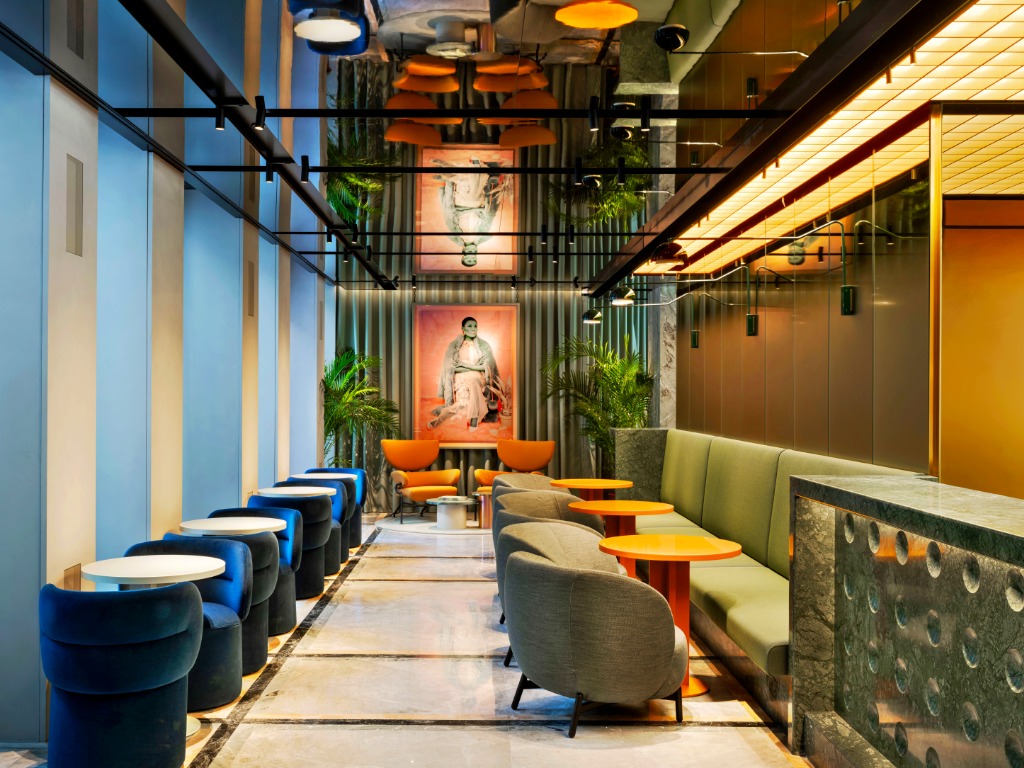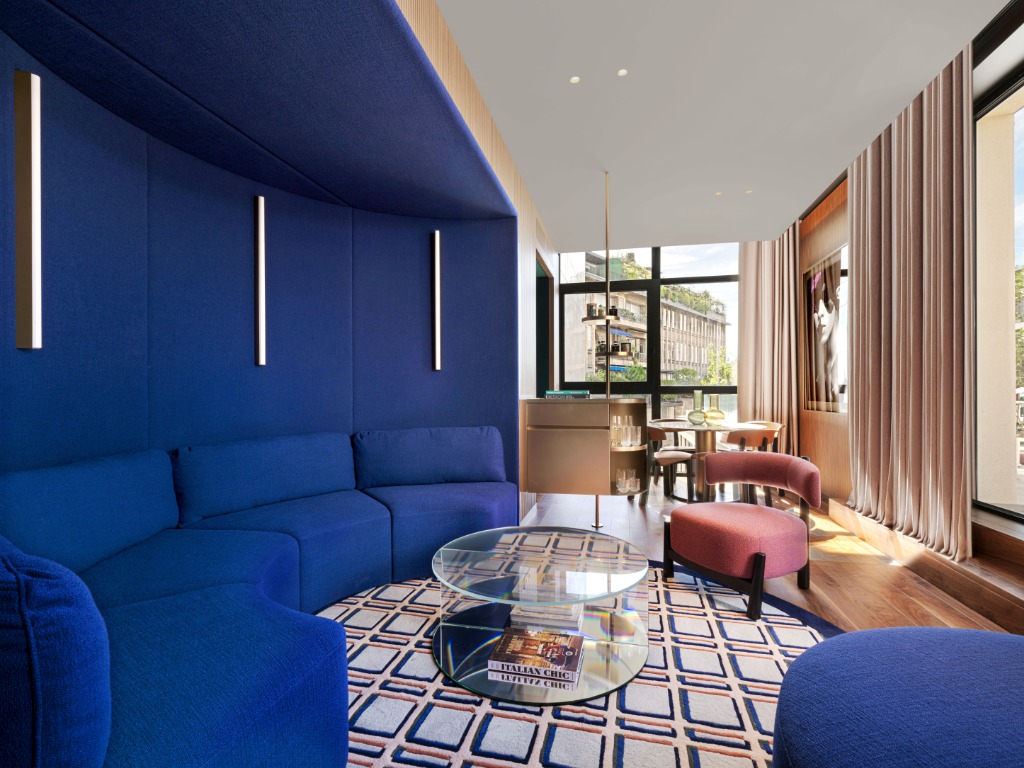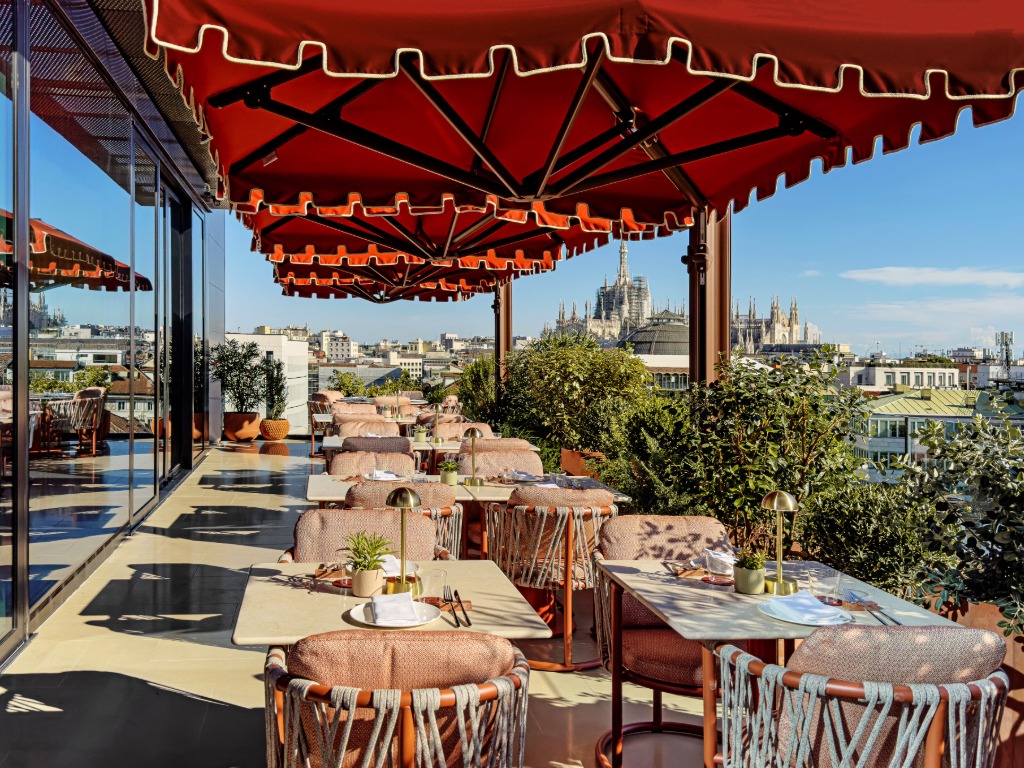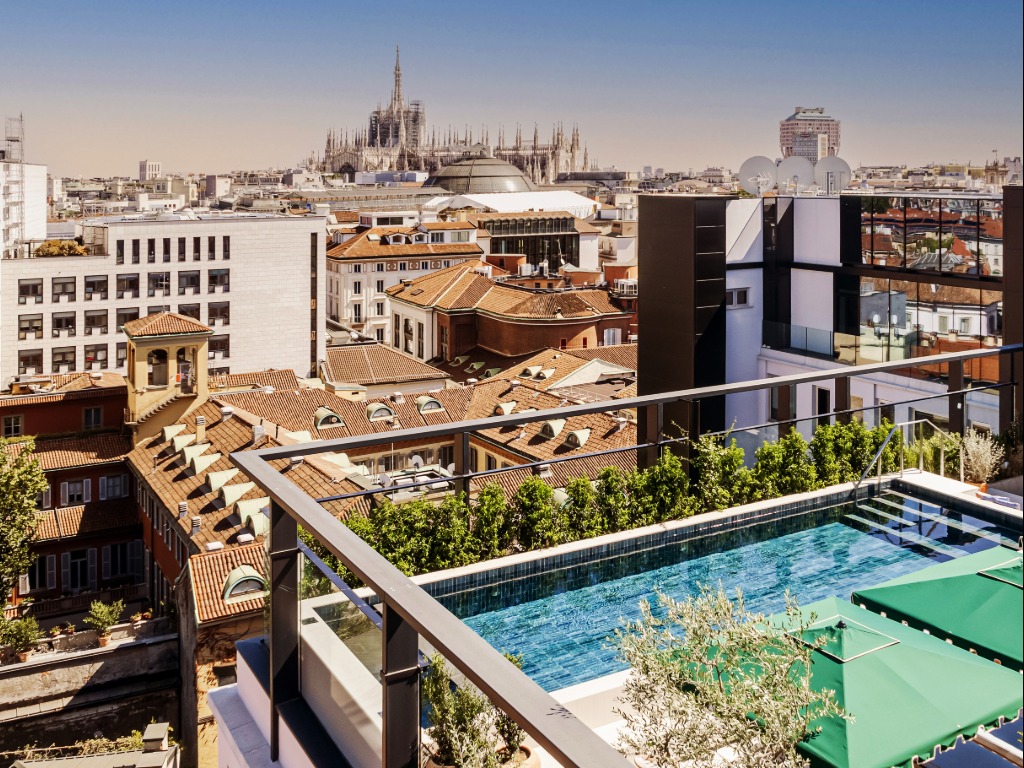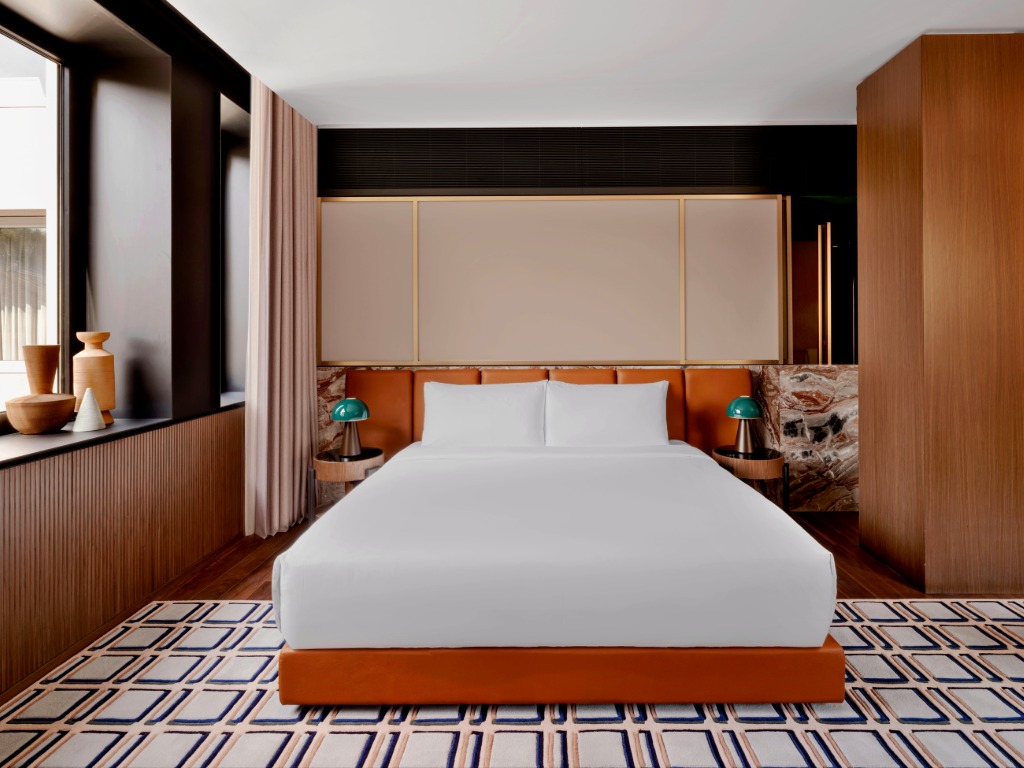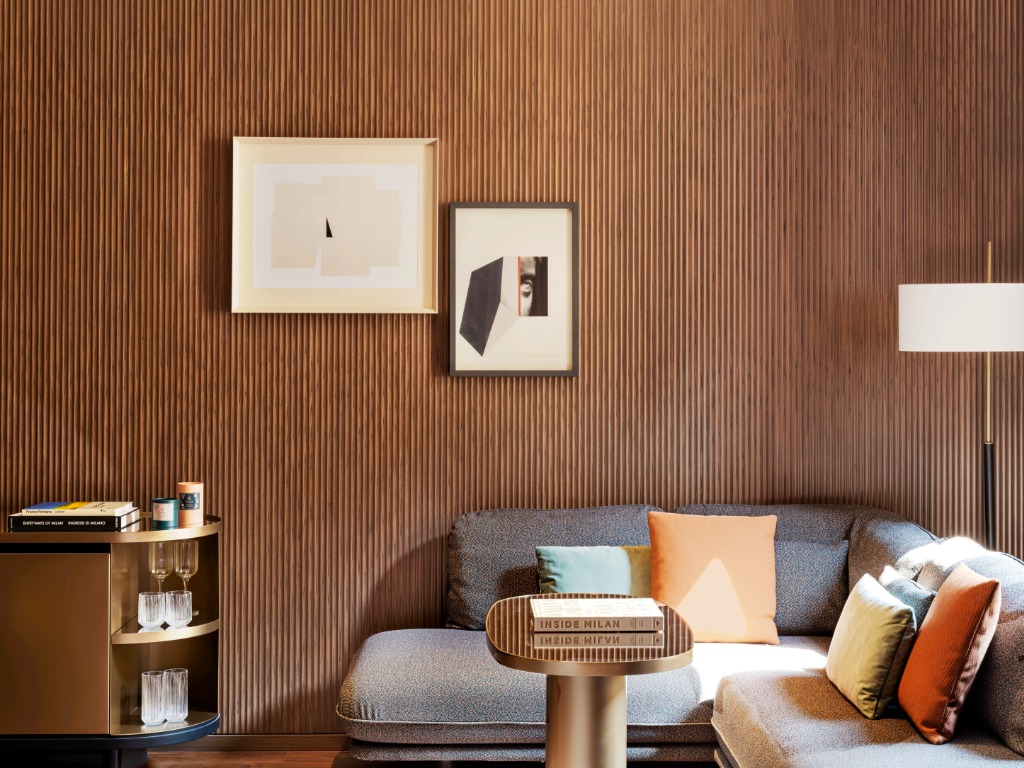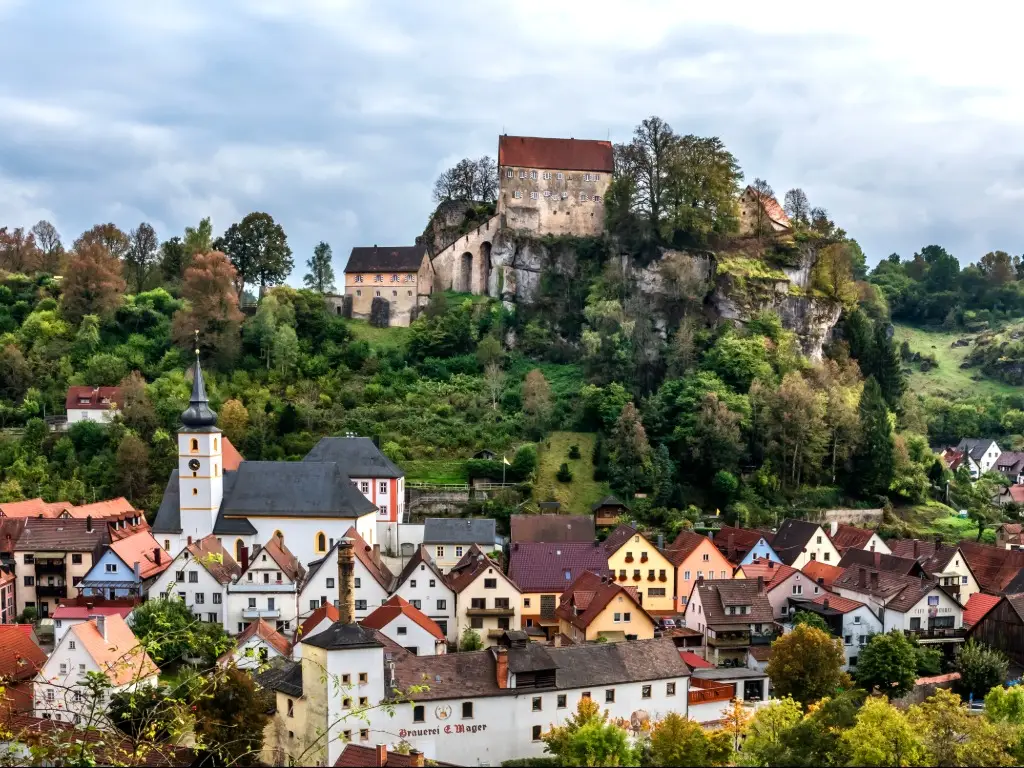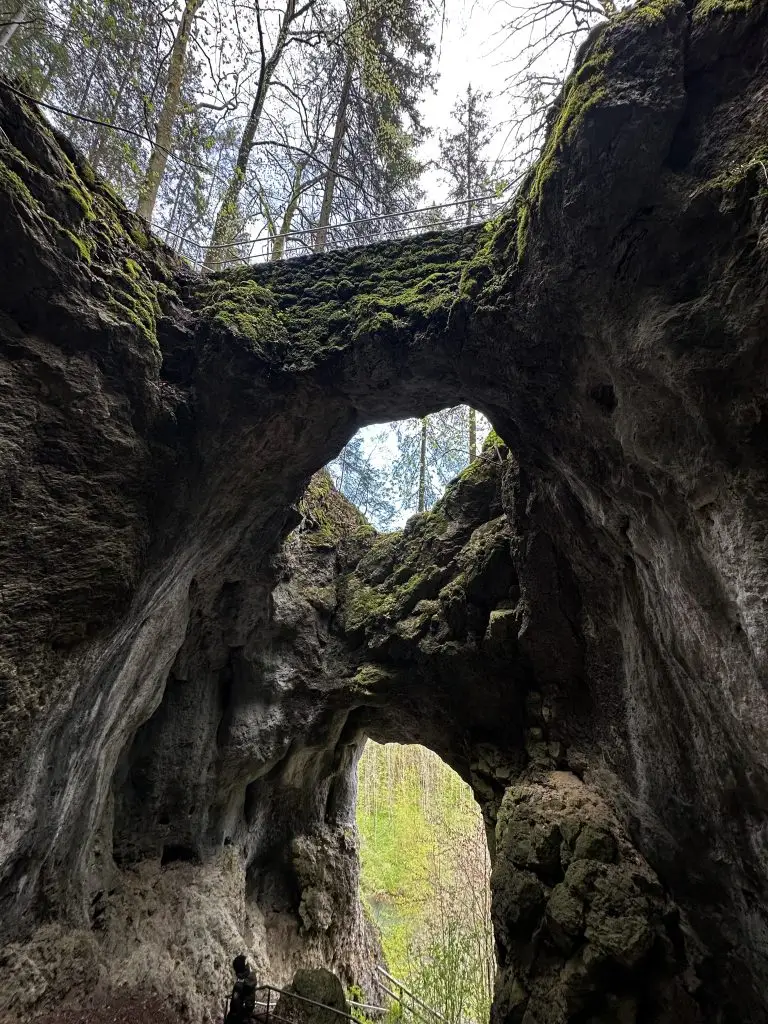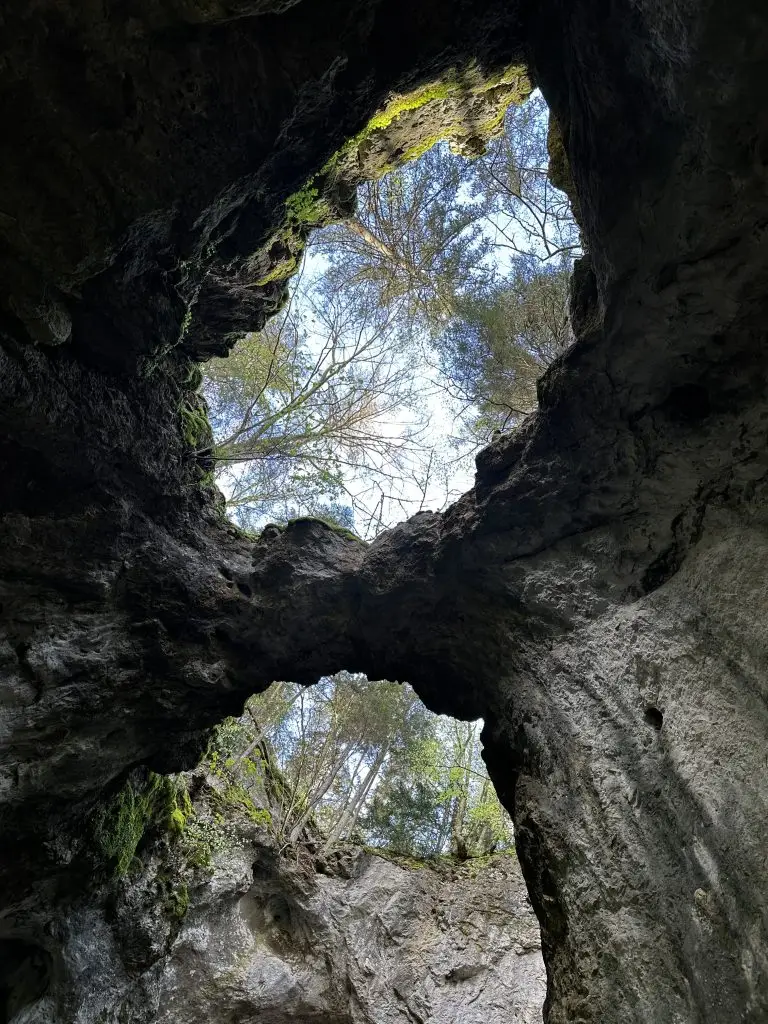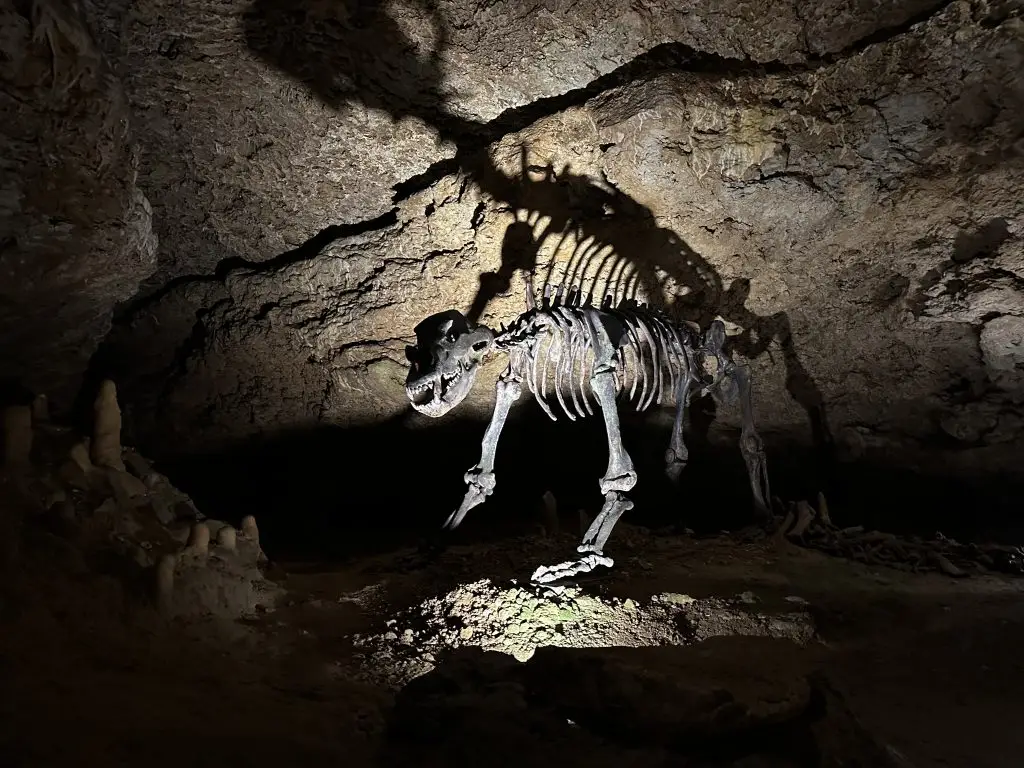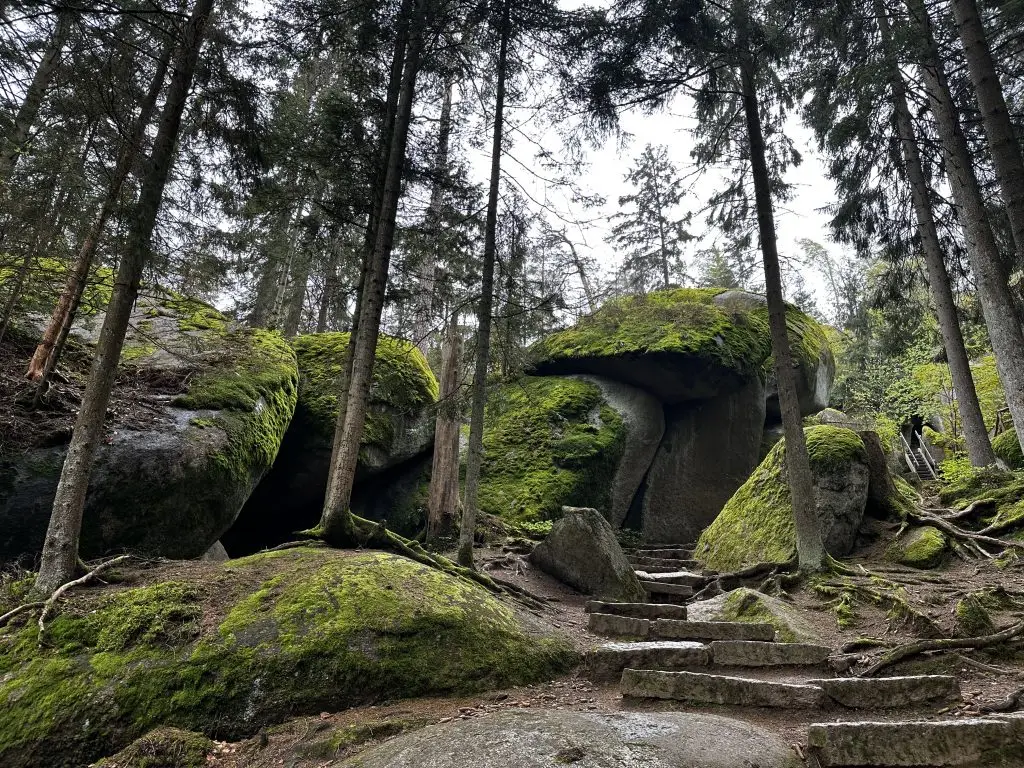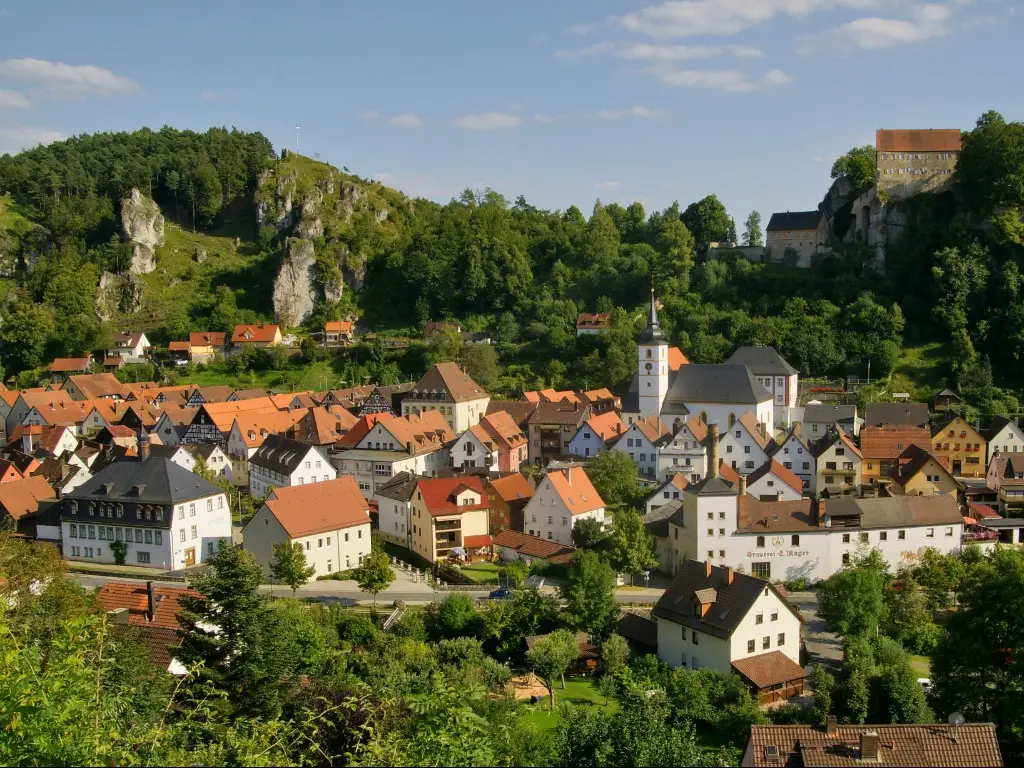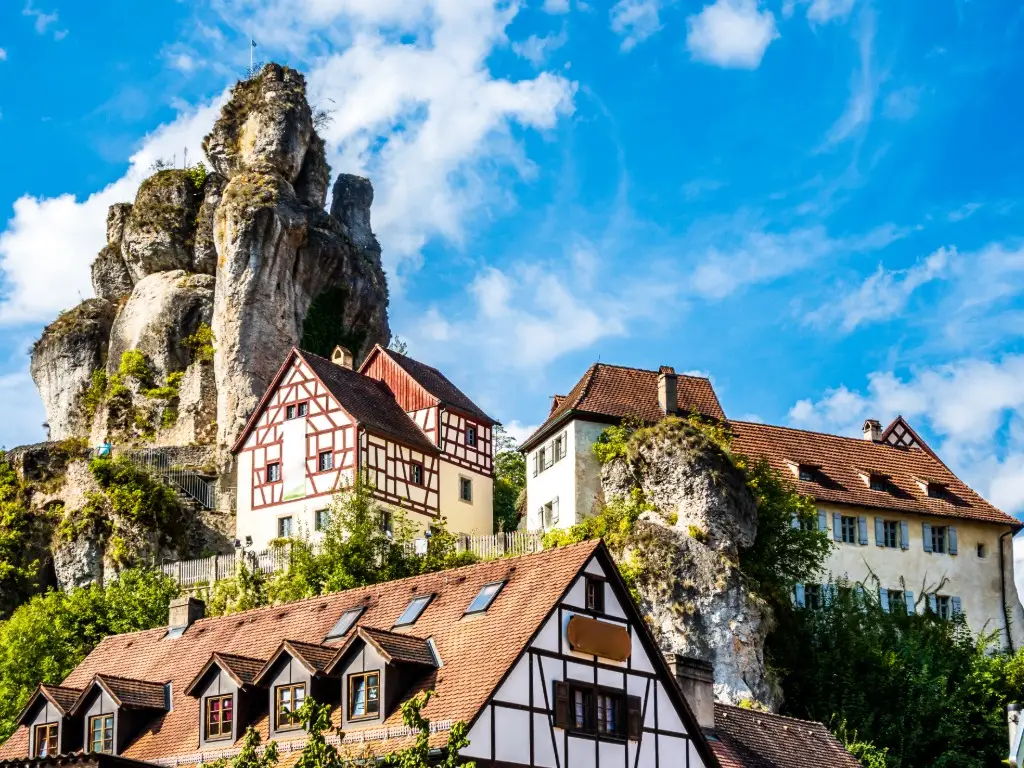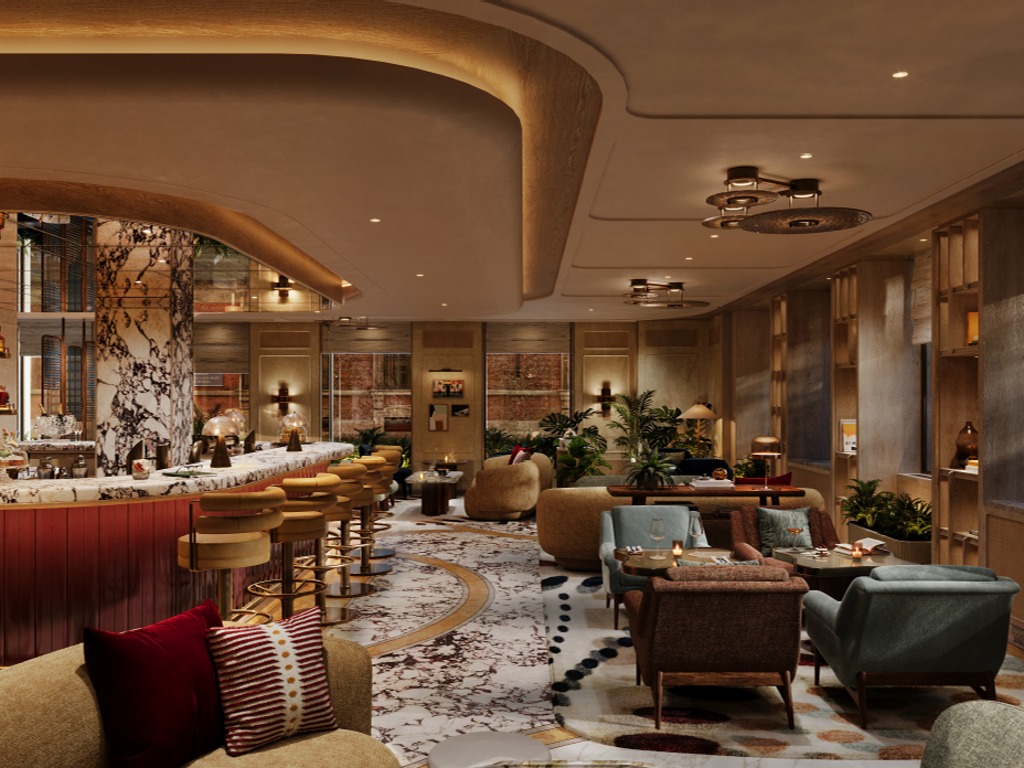
European Holiday Markets Worth Travelling For
Twinkling squares, centuries-old traditions and the scent of mulled wine in the air — if you’re craving a festive getaway, these are the holiday markets worth travelling for in 2025.


Vienna Christmas Market at Rathausplatz — Vienna, Austria
Dates: 14 November – 26 December 2025
Few cities do nostalgia quite like Vienna in December. At Rathausplatz (featured in our header image), strings of lights droop from towering trees, children swirl around the ice rink, and vendors hand out warm punsch in ceramic mugs. Come for the atmosphere — stay for the vanilla-scented pastries and beautifully crafted ornaments.
Old Town Square Christmas Market — Prague, Czech Republic
Dates: 29 November 2025 – 6 January 2026
Prague feels made for Christmas. In the shadow of its Gothic towers, the Old Town Square fills with carollers, wooden stalls and the glow of one of Europe’s most impressive holiday trees. Don’t miss a warm trdelník, rolled in cinnamon sugar and served piping hot.
Vörösmarty Square Christmas Market — Budapest, Hungary
Dates: 8 November 2025 – 1 January 2026
Budapest’s most beloved market blends old-world charm with festive creativity. Browse handmade ceramics, sip spicy mulled wine and tuck into hearty favourites like goulash served in a bread bowl. As the sun sets, the surrounding buildings light up with cascading illuminations.
Cologne Cathedral Christmas Market — Cologne, Germany
Dates: 17 November – 23 December 2025
Set beneath the dramatic spires of Cologne Cathedral, this market delivers pure holiday spectacle. More than a hundred red-roofed stalls sell everything from artisanal woodwork to gingerbread hearts, while the city’s giant Christmas tree anchors the scene.

Winter Wonders — Brussels, Belgium
Dates: 28 November 2025 – 4 January 2026
Brussels stretches its celebrations across the city centre, creating a lively trail of more than 250 chalets, light projections and a charming Ferris wheel. It’s also the perfect place to sample seasonal Belgian treats: think warm waffles, speculoos and rich hot chocolate.
Christkindelsmärik — Strasbourg, France
Dates: 26 November – 24 December 2025
Often called the Capital of Christmas, Strasbourg’s centuries-old market unfolds across the city’s half-timbered old town. Expect glowing lanterns, Alsatian specialties and some of the most beautifully decorated streets in Europe.
Amsterdam Christmas Markets — Amsterdam, Netherlands
Dates: 15 November 2025 – 3 January 2026
With ice rinks, cosy pop-up markets and canals draped in fairy lights, Amsterdam turns into a winter postcard. The city’s neighbourhood markets are especially charming — smaller, more local, and perfect for browsing with a warm stroopwafel in hand.
Tallinn Christmas Market — Tallinn, Estonia
Dates: 22 November – 27 December 2025
Tallinn’s UNESCO-listed Old Town becomes a storybook come to life each winter. Expect a traditional village square, twinkling lights against medieval stone walls, and steaming mugs of glögi (Nordic mulled wine). Rumour has it, this was home to Europe’s first public Christmas tree.




